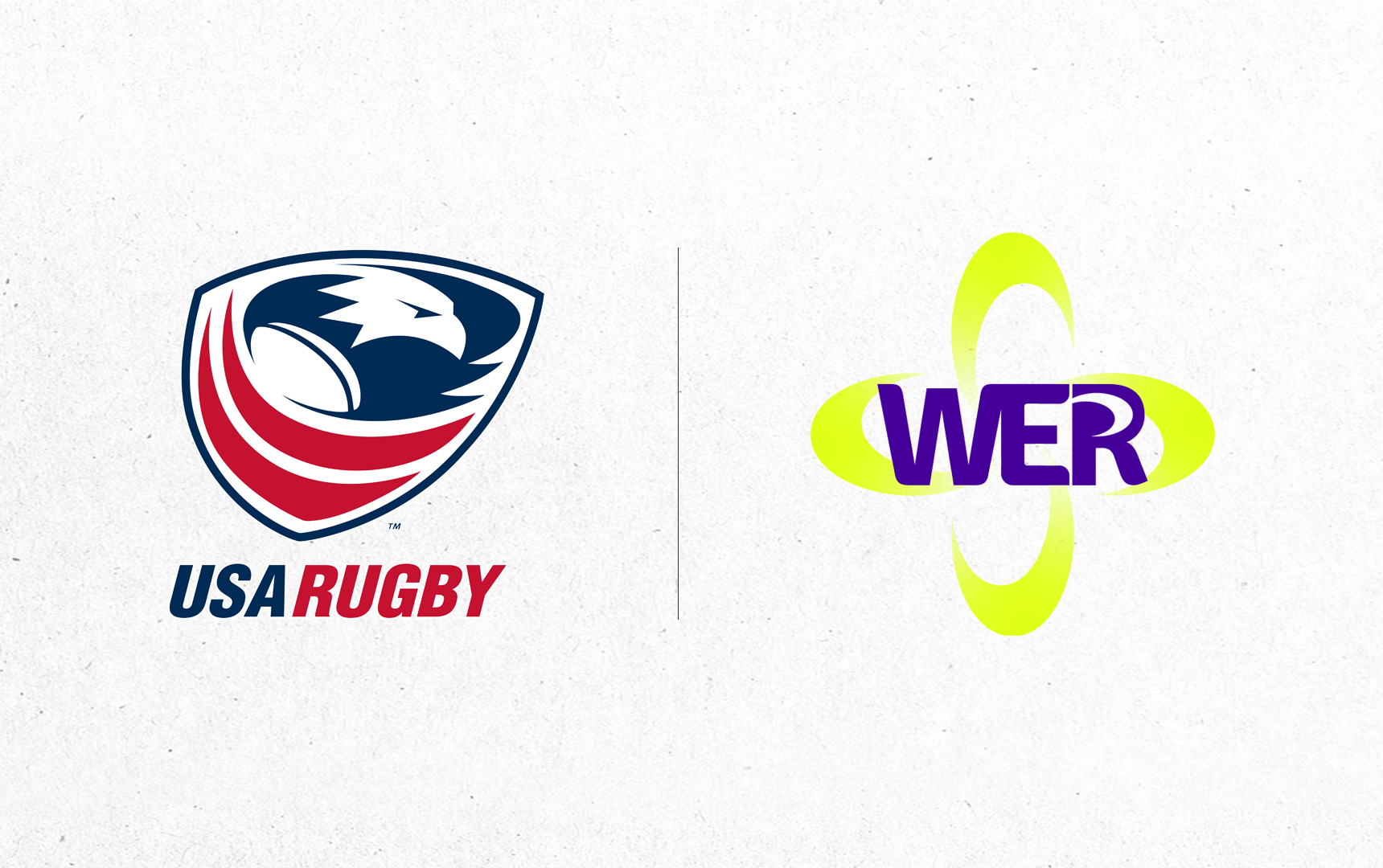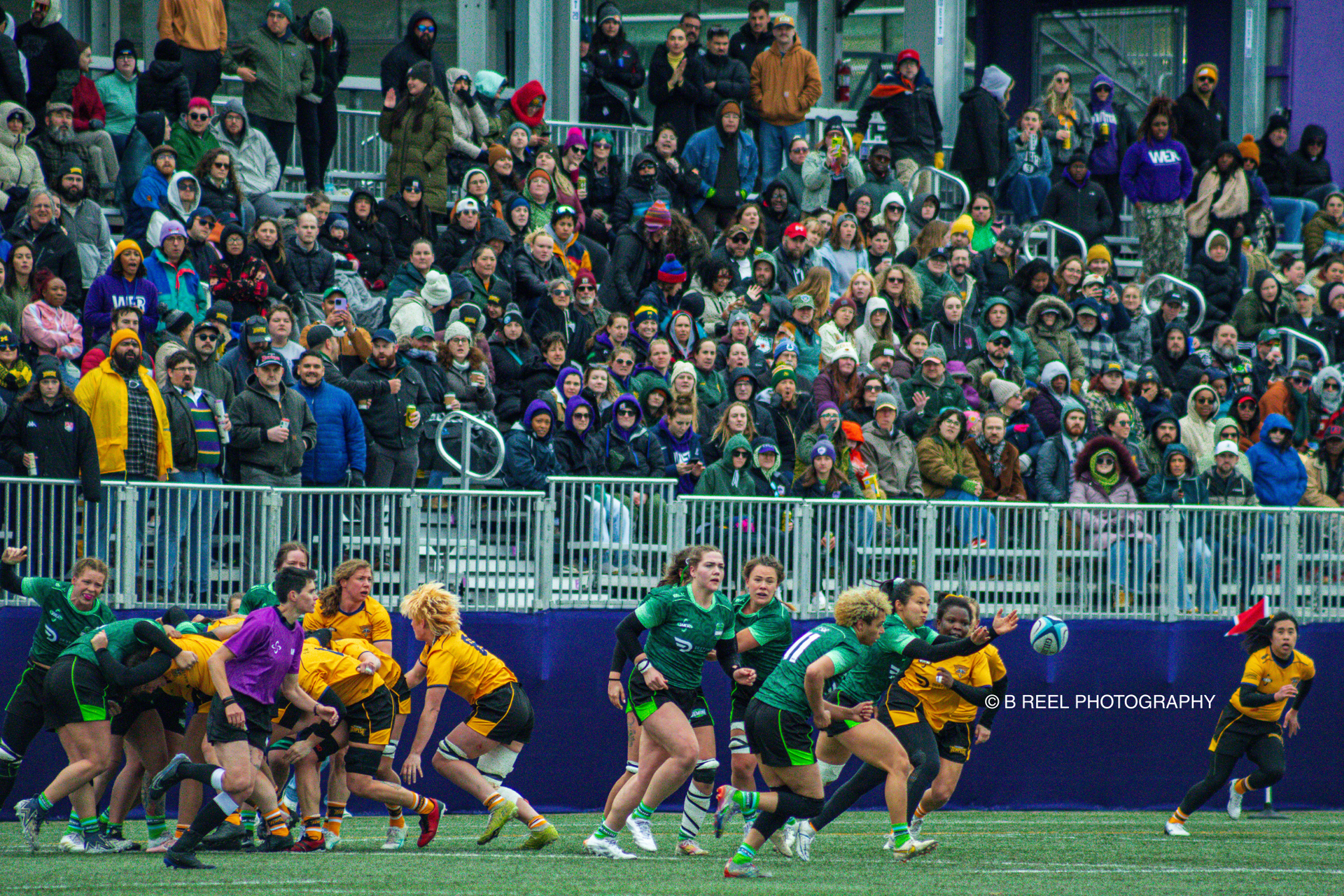Rugby 101
Rugby 101
As we gear up for the Legacy Cup, we want to make sure you’re fully prepared, so we’ve put together a quick Rugby 101 guide to help you get started!

1. How do you score points in rugby?
There are four ways to score points: A try (5 points) is scored by grounding the ball in the opponent's in-goal area - also called the try zone. A conversion (2 points) is kicked after scoring a try. Teams can also kick penalties (3 points) for serious rule violations, or score drop goals (3 points) by drop-kicking the ball over the crossbar during play (this method doesn’t happen as much, but when it does it’s very cool!)
2. Why can't players pass the ball forward?
Rugby's fundamental rule is that you can only pass backward or sideways to teammates. This creates rugby's unique flowing style where teams must work together creatively to advance. When players throw the ball forward, it's an infringement that gives possession to the other team.
3. What’s a scrum, and what’s going on in there?
A scrum is one of rugby’s ways of restarting play. Eight forwards from each team grab each other’s jerseys, bind together and compete for the ball by trying to push the other team backwards. It restarts play after minor infringements (like a forward pass.) The team awarded the ball (pro tip: look at the direction the referee’s arm is pointing) gets to put the ball into the scrum. The team that gets to put the ball in is trying to push hard to keep the ball, while the opposition is doing their best to push back as hard as possible to steal it the ball from them.
4. What’s all this kicking going on, and why are they doing it?
Smart kicking is a key tactical weapon! Players might punt (drop and kick before the ball touches ground) for territory, kick high for their own teammates to catch it and continue to advance, or use other tactics and techniques to keep play dynamic and exciting. Good kicking can relieve pressure, create attacking opportunities, and even score points.
5. What are those jumping contests at the sideline?
That's a lineout! When the ball goes into touch (out of bounds), teams line up opposite each other where the ball was marked when it left the field of play. The referee will put a flag in the air showing where the ball left the field, and then point in the direction of the team who gets to throw it back in. The team who gets possession will throw the ball straight into the space between the two lines of players (into the “tunnel.) You’ll see some players lifting other players - “lifters” lift the “jumpers” into the air on both teams to try and catch the ball. And, if the team that wasn’t awarded possession is able to catch the ball from the team that threw it in, the lineout has been “stolen!”
6. How long does a rugby match last?
Rugby matches consist of two 40-minute halves with a 15-minute half-time break. Unlike other sports, the clock keeps running during most play, creating that incredible continuous action, changes of possession, and the strategic battles that evolve over the course of a game that make rugby such an amazing game to watch!
7. What happens when a penalty is awarded?
When teams commit serious infringements, the referee awards a penalty to the opposing side. This gives teams valuable options: kick for goal (3 points), kick for better territory, tap and run to continue attacking, or kick into touch for a lineout. Penalties often decide close matches, so understanding when and why they're awarded adds to your enjoyment of the game.
8. Does rugby have cards like soccer does?
Yes, but they work a little differently. If a player commits a foul and the referee decides to award a yellow card, the player who committed the foul has to leave the field for 10 minutes before being allowed to return – AND, the team losing the player has to play shorthanded the whole time. If a player commits a really serious offense and the referee awards a red card, that player is sent off and cannot return to play, and the team losing the player has to play shorthanded for the rest of the match!










